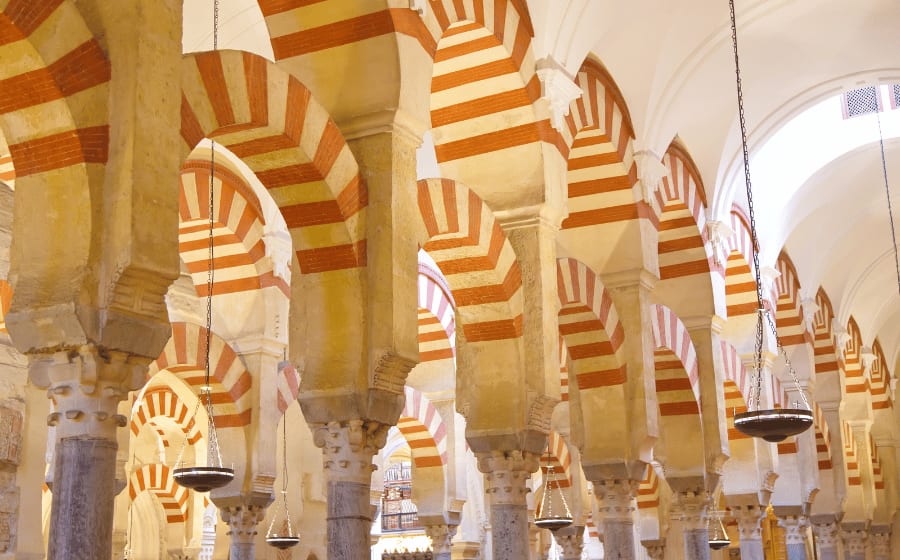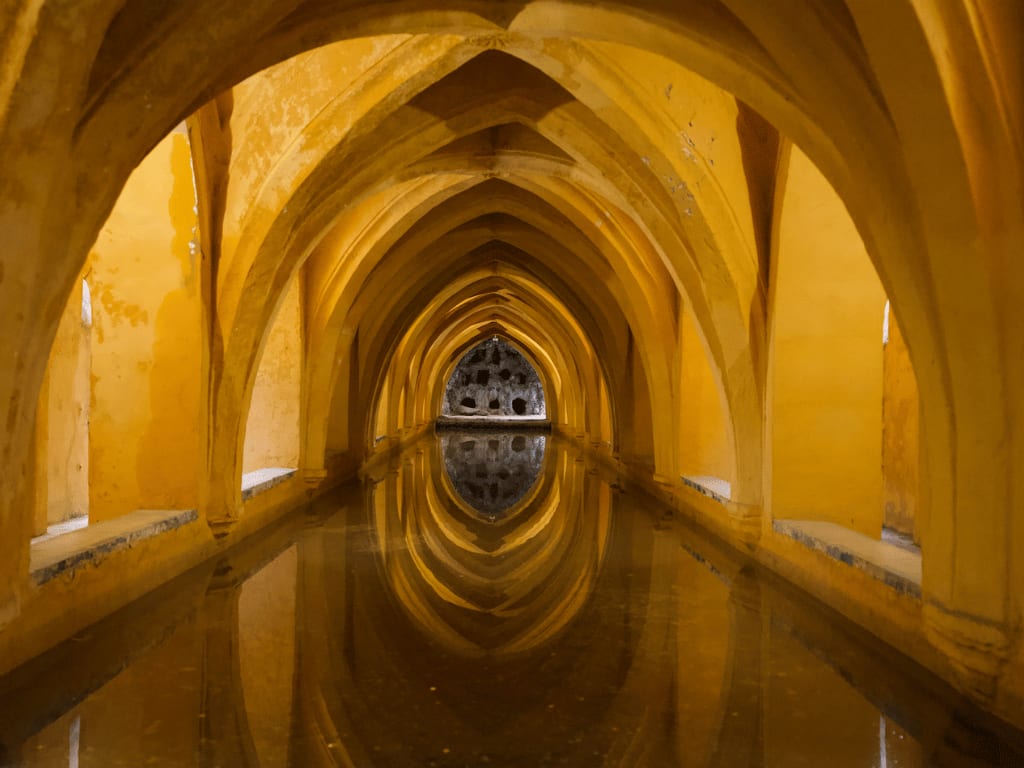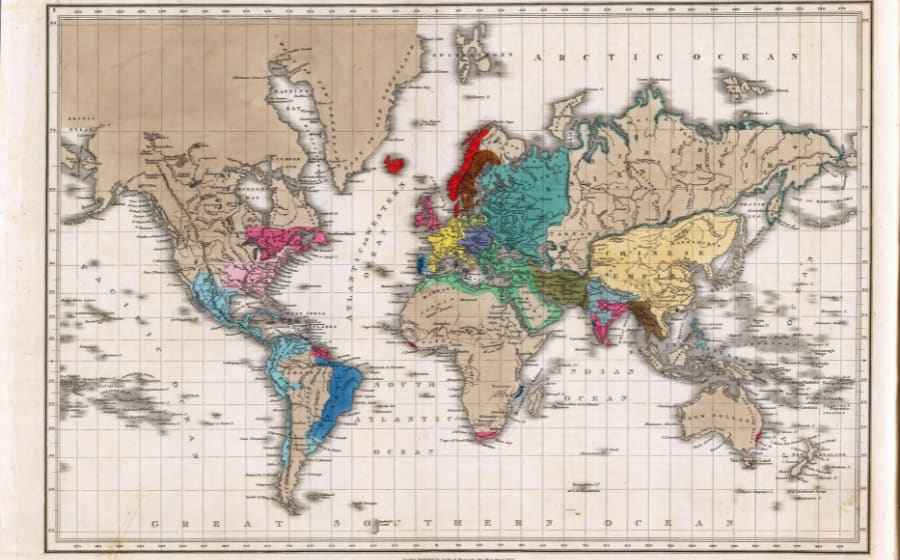Romans in Spain: Influence, Legacy, & 13 Archeological Sites
January 30, 2023
Win a FREE Trip to Spain!
Exciting Announcement! For the first time, we're thrilled to offer exclusive trips to the heart of Spain - an experience like no other. This isn't your typical tourist journey; it's a unique opportunity to immerse yourself in authentic Spanish culture, alongside real locals and our passionate team.
But there's more! Simply by requesting information about this amazing trip, you'll be entered into a special draw to win a Fully Paid Trip to Spain for Two. And that's not all - everyone who inquires will receive an exclusive bonus gift, valued at $500, available only now.
Ready to Discover the Real Spain?Click Here ↑ to Request Information & Enter the Draw!
What do you know about the Roman Empire?
Maybe it was one of the greatest empires of all. It contributed a lot of technology and innovations to its territory and spread Latin and Roman Catholicism as a language; what else?
Do you know what territories the Roman Empire occupied? Yes, a lot, but Spain was one of the Romans’ most important colonies, which they called Hispania.
After reading this article, you will have all the details of the Roman period of Spain, how they got here, why they left, and the legacy that endures until today.
Pre-Roman Times of the Iberian Peninsula
The Iberian Peninsula is located in a great place, between two continents and two seas; consequently, many people have passed through over the past years.
At the beginning of the 1st millennium B.C., Celtic people arrived in Spain, spoke Indo-European languages, and mixed with the native Iberians. These groups of people were known as pre-Romans.
But what does pre-roman mean? Pre-roman means settling in the Iberian Peninsula before the arrival of the Romans. They were not politically united but divided into tribes, mainly Celts and Iberos. They usually dedicated themselves to agriculture and stockbreeding. Their society was dominated by a warrior aristocracy whose morality was based on heroism.
- Celts: Celtics were spread over many regions of Europe and spoke similar languages of Indo-European origin. Around 1200 B.C., they entered the Peninsula and occupied the northwest, central and western parts of the Peninsula.
They were warrior shepherds who controlled the pasture areas to feed their cattle, which was their main economic activity. Thanks to archaeological remains, we now know that they introduced the use of iron (800 B.C.) and that they sculpted animal statues in stone.
- Iberos: The Iberians were pre-Celtic; this means they were living in this region before the arrival of the Celts, who spoke other similar languages. They were distributed in the south, east, and northeast of the Peninsula.
They were farmers and shepherds. They lived in rectangular houses near the agricultural plains, their primary activity.
Most of the Iberian tribes came into contact with the Phoenician and Greek civilizations, from which they took their writing and artistic style. As well as their sculptures of women, for example, those of Elche or Baza, stand out.
The Fenitians and Greeks started to arrive on the Peninsula and founded Gades and Ampurias after they came to the Cartaginenses from Africa and founded Cartagena.
The name of the Iberian Peninsula was given by the Greeks because of the river Ebro, which in Greek is Iber.
The arrival of the Romans in Spain

Rome’s conquest of the Iberian Peninsula lasted two centuries, from 218 B.C. to 19 A.D. The Romans founded several cities, such as Emerita Augusta, Italica, and Tarraco, and expanded their culture over almost seven centuries. The Romans gave the Peninsula its name, Hispania, and carried out the conquest for three main reasons:
- To have control of the western Mediterranean, which they were competing for with Carthage.
- They wanted to take advantage of the wealth the mines generated, like gold and silver, and stock up on wine and oil.
- They had a geographical goal to conquer all of Europe, reaching the cape of Finisterre, the last western point they knew of at that time.
The Romans fought the Iberians and defeated them at Alcalá del Rio, close to Seville. On this site, Itálica was founded, and Spain fell under Roman occupation for the next 700 years. In the north, however, the Celts and Basques continued to fight the Romans and sank in 19 B. Augustus conquered the north of Hispania, annexed the whole Peninsula to the Roman Empire, and performed an administrative reorganization in 19 B.C. The Carthaginian territories in the south and east of the Peninsula were conquered in 206 BC during the Second Punic War.
The Roman Republic was when the Romans expanded their control over Hispania. This was a gradual process of economic, diplomatic, and cultural infiltration and colonization, with campaigns of military suppression when there was native resistance. Having complete control over the Iberian Peninsula took the Romans two centuries to do it.
List of Roman emperors of Hispania
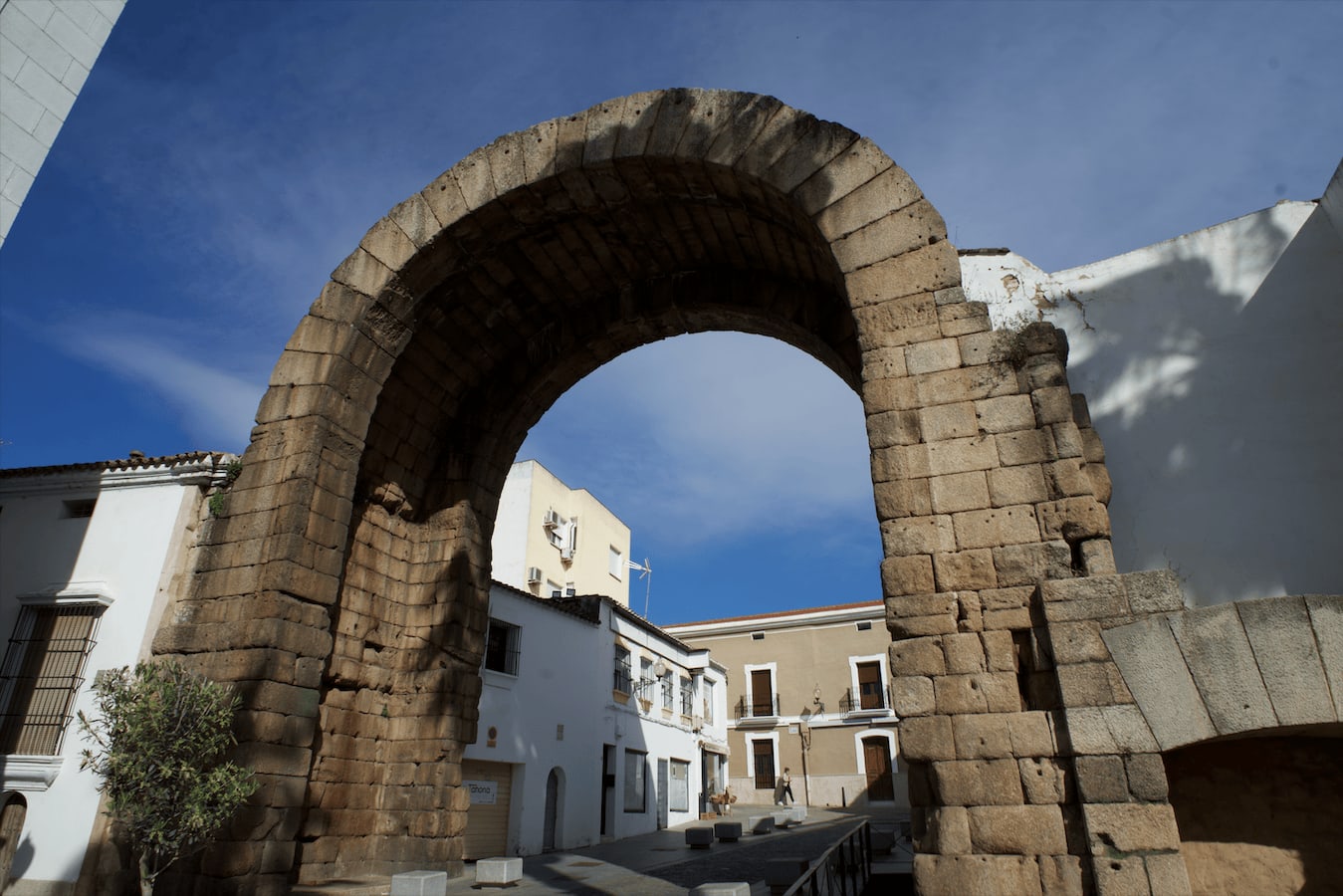
Have you seen the movie Gladiator? Starring Russell Crowe and Joaquin Phoenix? I bet you have, and it’s one of the classics you can watch a thousand times without getting tired of it.
Well, Russell Crowe stars as General Maximus, the best of his kind, which the emperor wanted as heir instead of his Son. With what I just told you, you can imagine what type of man Maximus was, and there is a quote in the movie that applies perfectly to the following list of emperors.
“What we do in life… echoes in eternity”- Maximus, Gladiator.
The Romans in Spain will echo for eternity with their iconic and real characters and their exquisite pieces of engineering and architecture.
In the next section, you will get a list of 13 Roman archeological sites in Spain. Still, before, I want to list the Roman emperors born in Hispania who worked to be remembered for eternity, as Maximus said.
1.Theodosius the Great
Theodosius the Great, or Theodosius I, was a Roman Emperor born in Cauca, Gallaecia (modern-day Coca in the province of Segovia). Theodosius was the leader of the East Roman Empire from 379 to 392 and then the sole emperor of both East and West from 392 to 395.
Something interesting about his rule is that he actively undertook to bring unity of faith within the empire. He was responsible for making the Nicene Creed the official norm of Christianity.
Also, he evicted a proclamation that stated that only those who believed in the Father, the Son, and the Holy Spirit could b recognized as Catholic Christians.
Thoedosious died in 395 in Milan.
2. Maximus
There is not much information about Magnus Maximus; he was a usurping Roman Emperor of Britain, Gaul (modern-day France, parts of Belgium, western Germany, and northern Italy), and Spain from AD 383 to 388.
He is remembered as the humble Spaniard who led the Romans’ troops against the Picts and Scots in Britain. He overtook the power of the Western Roman Empire by defeating and killing Gratian.
His rule didn’t last long; in 388, he invaded Rome when Theodosius the Great was Emperor, but he was captured and killed.
3. Trajan
This name might be more familiar to most people. Trajan is known for extending the borders of the Roman Empire and for having the beautifully carved Trajan Column in Rome, which commemorates his victory in the Dacian Wars.
This Roman Emperor was also born in Hispania, specifically in Italia, modern-day Seville, in 53 CE. Trajan was responsible for constructing public works in Spain, Italy, North Africa, and the Balkans.
Trajan died because of ill health in 117, but he adopted and chose Hadrian as his successor before he did.
4. Hadrian
The place of birth of Hadrian is not 100% confirmed, but historians argue that his ancestor left Italy for Southern Spain 250 years before he was born.
So, the most famous supposition is that he was born in Italica, Hispania, just like his Father. As you read before, Hadrians was Trajan’s successor, so his rule went from 117 to 138 CE.
He is known for building the ‘Hadrian Wall,’ an 73 miles long wall that went from Wallsend on the River Tyne in the east to Bowness-on-Solway in the west.
Hadrian died in 138, close to Naples, Italy.
Fall of Hispania
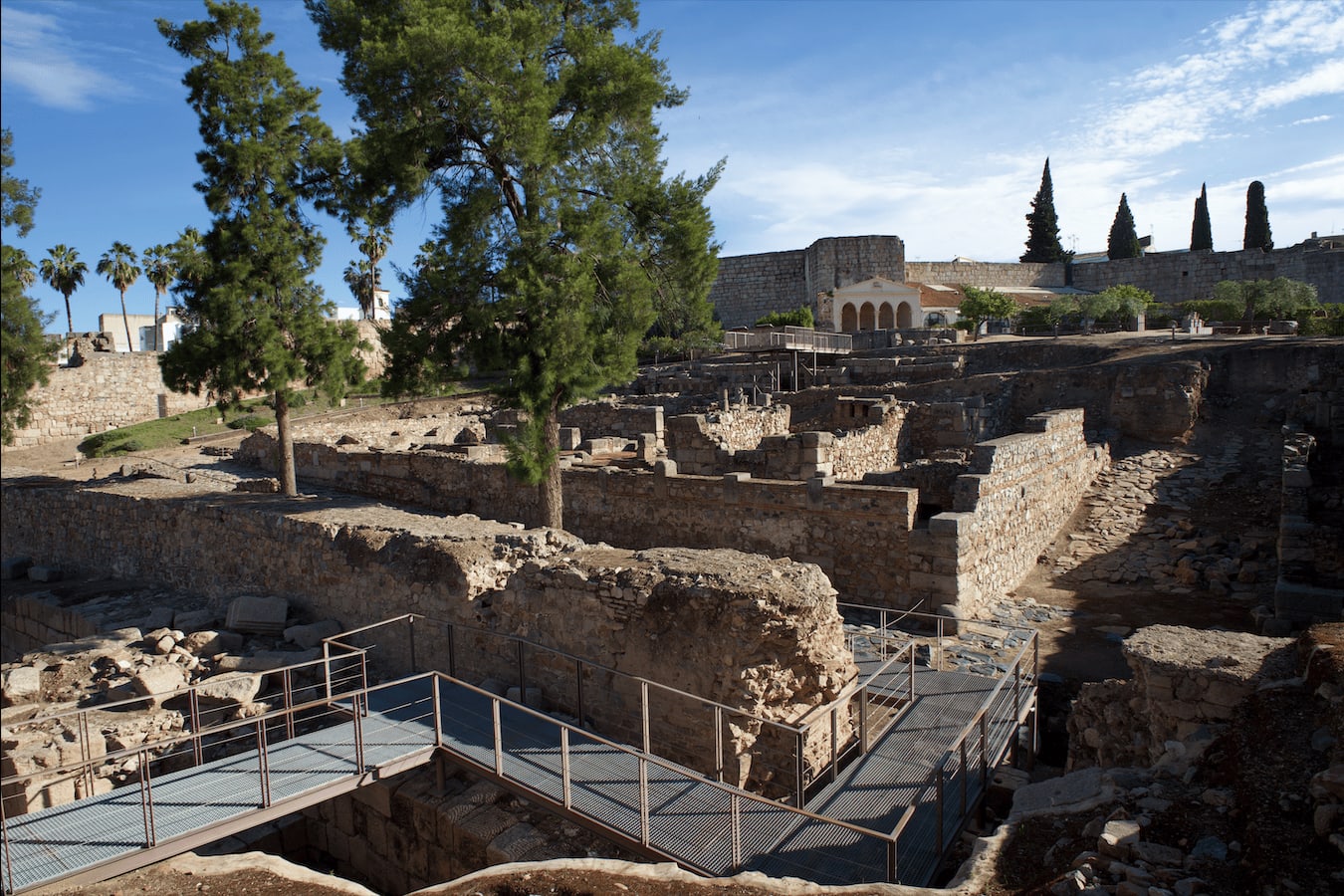
The Fall of Hispania was a brief but costly war fought between the Orcs of Africans, and the Roman Empire, towards the end of the Kingdom of Bretonia. This conflict shocked everyone in Europe.
Only a few people know that the Fall of Hispania began years before the actual Battles took place; the Orcs prepared every single step they would take for many years.
While the Romans were being obliterated in Africa, the Orcs were constructing a massive bridge across the Straits of Gibraltar and with its construction the Orcs. Little by little, they were advancing, and more skilled Orcs infiltrated Roman villages and destroyed them while no one noticed.
When they finally attacked Roman Armies, they were unprepared, and thousands of Orcs died in their fortresses. The Romans would send in six Legions as reinforcements to stall the Orc’s advance while they built up the defenses in other parts of the Iberian Peninsula.
The constant battles slowed down the Bretonians; they arrived days later. Castile was destroyed, with it, the idea of having a united Hispania. With Castile gone, the Orcs went towards Valencia and Andorra, where they would have to fight for it. 13 Roman Archeological sites in Spain
If you were looking for a more touristy list, check out the article below on Roman cities!
9 Roman Cities in Spain for Fascinating Time Traveling
1. Empuries
Empuries or Ampurias is not Spain’s most famous Roman city but is one of the oldest!
This ancient city is located in Catalonia, in the modern-day province of Girona. The Greeks first founded Empuries in 575 BC; a few centuries later, in 218 BC, the Romans began their conquest of Hispania through the port city of Empuries.
Today, you can visit the Empúries Archaeological Site as you make your way through the beautiful Costa Brava.
2. Merida
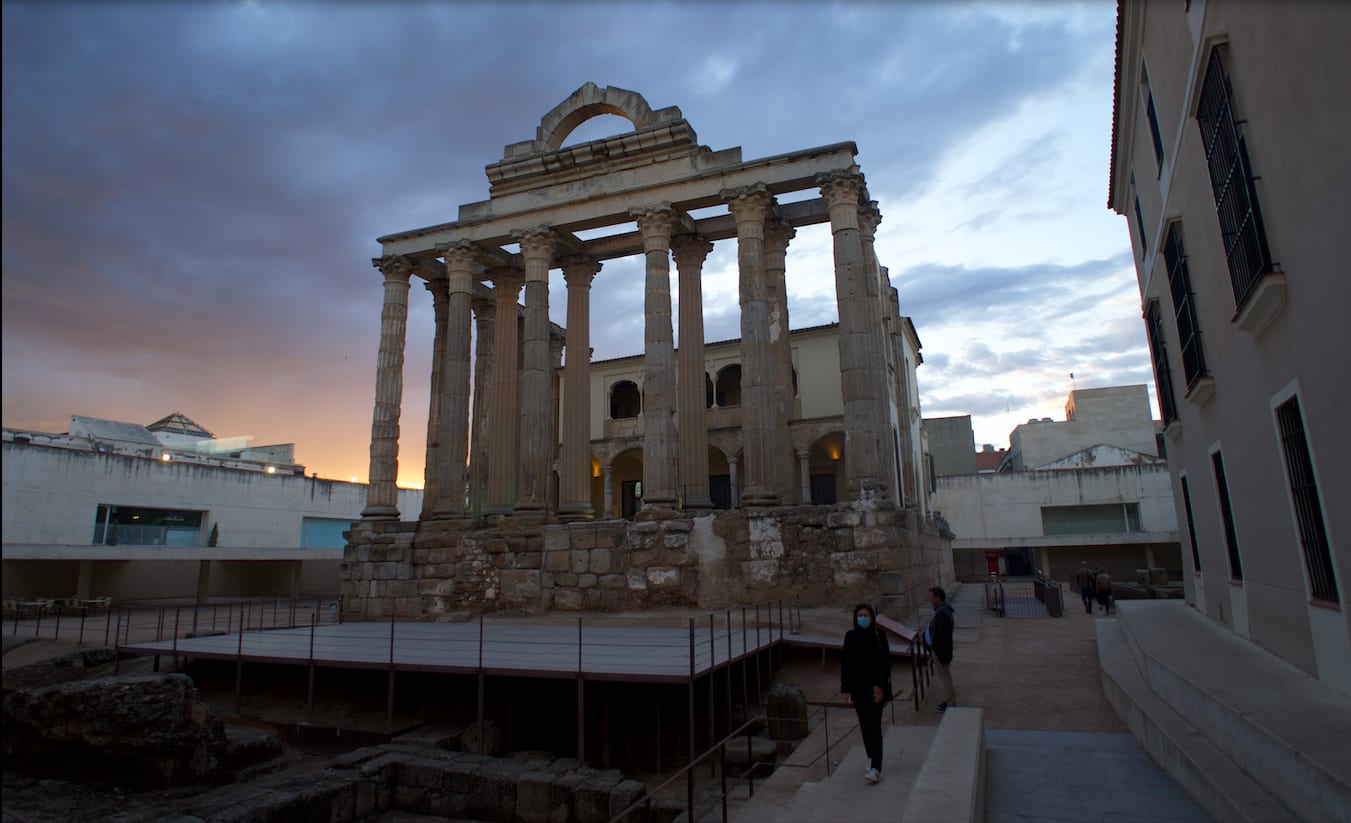
Merida is like traveling back in time. That is the best way to describe it. The colony of Augusta Emerita was founded in 25 BC, and nowadays, it evolved into Merida, the capital of Extremadura.
This ancient city is located on the western side of Spain, closer to Portugal. Merida has been recognized as a UNESCO World Heritage for its well-preserved components of the ancient Roman city.
There are a total of 22 parts that make up the entire archeological site; the ones that I would recommend a visit for sure are the over the Guadiana, an amphitheater, a theatre, a vast circus, and an exceptional water-supply system.
Jimena and I visited Merida a few years ago, and we were breath taken by the sight of it. It is a city that transports you back to ancient Rome; just take a look at the picture!
In case you are really interested in visiting Merida, here is a list of prices that can help plan your budget! (Remember, we visited the city a few years ago, so there might be slight changes).
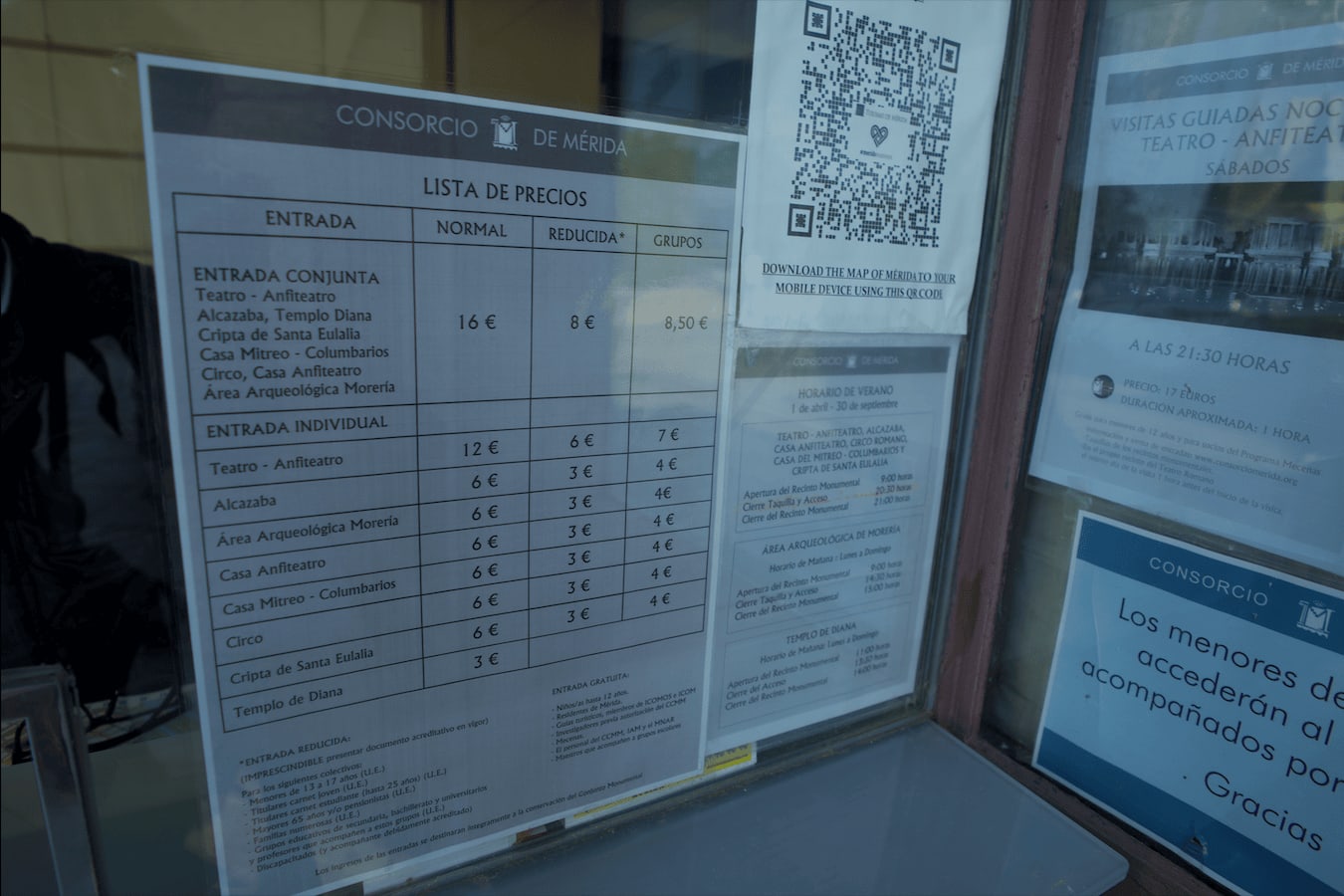
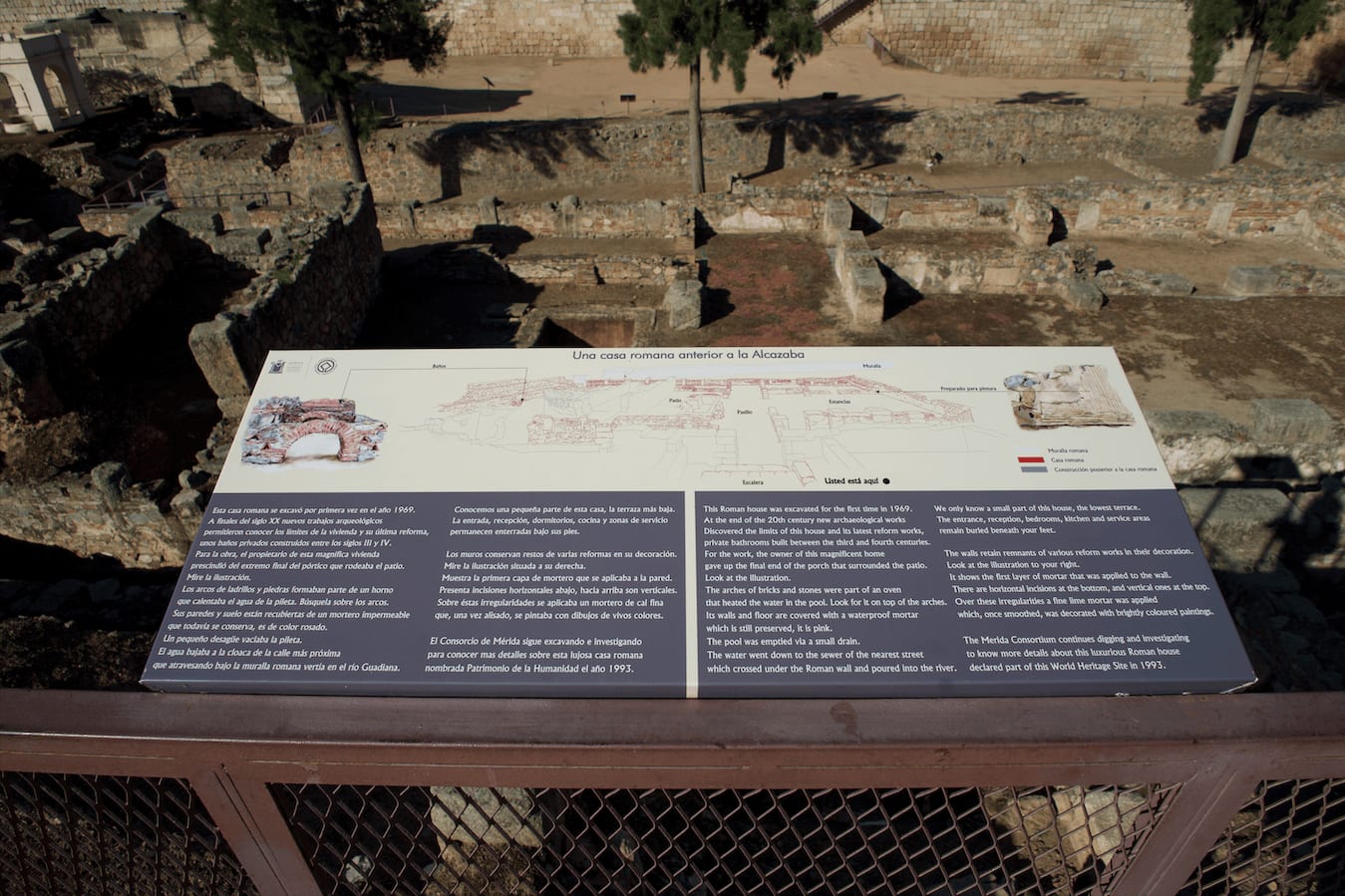
3. Tarragona

Tarraco was founded in the third century BC on the coast of Catalonia. Just like Merida, modern-day Tarragona is going to blow your mind as it conserves one of the most impressive amphitheaters with a beautiful look into the sea.
Besides the amphitheater, you can visit the Ferreres aqueduct and the Roman walls.
5. Cartagena
Cartagena, as we know, was founded in 227 BE. It was an Iberian settlement until the Carthaginians established their colony, “Kart-hadasht," or new town.
This ancient Roman city is located in the autonomous community of Murcia, and it is one of the most important ports in Spain.
This city is exciting because the Roman amphitheater was discovered by chance in 1987. The city commissioned an archeological investigation before building a cultural center for the neighborhood, which forever changed the city.
Arquelogist found the iconic Punic Walls surrounding the city and the remaining amphitheater.
How unbelievable to think that we might be living above another ‘reality’ or at least the remains of it!
6. Segovia
Segovia was founded during two periods of prosperity; The Late Middle Ages (11th and 12th centuries) and the Renaissance (16th century). The city was UNESCO’s World Heritage List in 1985.
An excellent archeological site you can’t miss when you visit Segovia is its Aqueduct. It’s a Roman aqueduct that brought water to the Spanish city of Segovia until 1973. Its construction dates back to the early 2nd century A.D.
7. Lugo
By the 1st century B.C., the roman empire had conquered almost all of the Iberian Peninsula except for three territories in the north, Galicia, Asturias, and Cantabria. It was in the 15th century B.C. that the legacy of Emperor Octavio Augusto ordered the founding of the city of Lugo. Lugo is nowadays the oldest city of Galicia.
The Roman wall surrounding the city of Lugo is an incredible archeological site. It’s the only one in the world that is entirely preserved. For this reason and its mysterious beauty, it’s a World Heritage Site.
“The Roman wall of Lugo was declared a World Heritage Site by UNESCO in 2000 for its good state of conservation and for being unique worldwide. It is the only Roman wall that preserves its entire perimeter, approx. Two thousand one hundred forty meters that you can go completely by walking along the walkway.”
It is said that the Romans built the wall to protect not a city but a forest, the “Sacred Forest of Augustus.”
8. Italica
Italica is an ancient Roman city located in the municipality of Santiponce (Seville), in the autonomous community of Andalusia. This was the first Roman city in Hispania. The Roman town was founded in 206 B.C. in an indigenous habitat.
Italica is the archaeological site of the amphitheater of Italica; it was used as a place to recover the wounded troops and a place of residence for their war veterans.
9. Valeria
The ruins of the Roman city of Valeria are a critical Roman site located around the Hoz del río Gritos in the town of Valeria, in the province of Cuenca, in Castilla-La Mancha, Spain.
The entire city is an archaeological site founded between 93 B.C. and 82 B.C. on land conquered in the previous century by the Celtics.
10. Cordoba
Córdoba was a Roman settlement from around 152 BC. Cordoba is in Andalusia and has become a large and prosperous city.
The Roman Bridge was originally built in the 1st century B.C. but the Moors renovated it in the 10th century C.E. Roman poet, and philosopher Seneca is said to have been born in Córdoba in 4 BC.
11. Cuenca
In Cuenca in 1996, UNESCO declared the Historic Walled City a World Heritage Site.
There is a city in Cuenca, an archaeological site called Ercávica City, and it’s situated in the context of the Roman conquest of Hispania, created in 179 BC. The streets in this small city remain like in the Roman period. In the 5th century A.D., the city is abandoned, but we can still visit it now.
12. A Coruña
A Coruña during Roman times was called the town of “Brigantia” (and later “Crunya”) around 2000 years ago. The city was an important harbor. Even before the Roman era, the town was a settlement. In 2500 B.C., the Celts lived in the place we now call A Coruña.
The archeological site is the San Antón castle, which dates back to the 16th century. They used it to defend themselves from wars.
13. Palencia
The city was under the submission of the Romans in the 2nd century B.C. This was a tiny city, almost insignificant compared to the Roman villas of Late Antiquity in the surrounding territory.
There is a museum that has some of the most significant archeological remains. It has numerous items dating from prehistoric times through to the Middle Ages and an extensive collection of remains from the Roman period.
See how transcendental was the Roman Empire in Spain? And I would put my hand in the fire, betting that very few people know about this!
If you are the type of person that loves some history/ archaeological experience, then the cities above are your place to be! If you have any doubts about one of these destinations, let us know!



